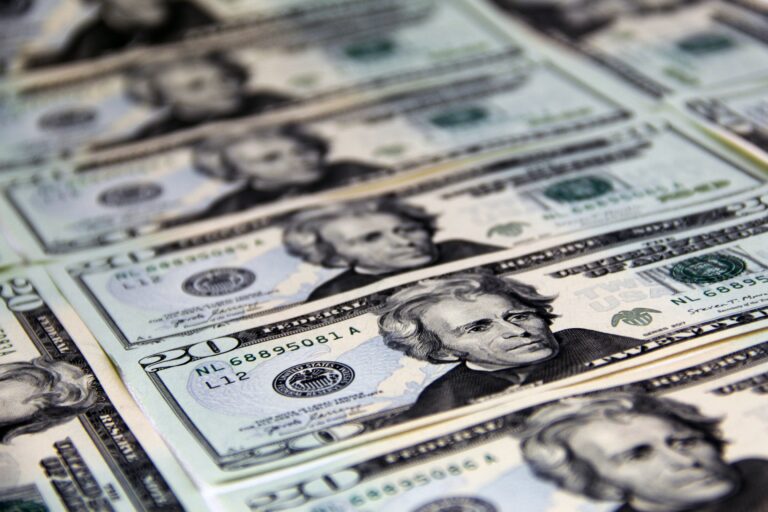
Saudi Instability
Discussion and Analysis by Charles Porter:
Political and geopolitical risk has been amplified immensely this weekend. The threat to the kingdom of Saudi Arabia is significant, particularly given the nation’s exposure to crude oil. The threat escalated when a ballistic missile was reportedly fired from Saudi Arabia’s southern neighbour, Yemen, towards the kingdom’s capital. The threat was intercepted, however, has led to significant tension within the Middle East. At first sight, the foreign exchange story to this development is somewhat bland; Saudi Arabia has a currency that is pegged to the US Dollar. However, the geopolitical and political spill-overs from the conflict could manifest into a larger story.
The Saudi Riyal maintained its value of approximately 3.75 riyals to the US Dollar. Despite not being explicitly pegged against currencies other than the Dollar, arbitrage will ensure that an approximate parity with other currencies applies. Therefore, despite a highly tumultuous political and geopolitical backdrop, the value of the currency, even on a trade weighted basis, barely falters. What is interesting is that the support of a pegged exchange rate will require significant action as pressures increase to devalue to Riyal.
With an exporting value of crude petroleum considerably over 100bn US Dollars, the significance of Saudi Arabia to the global political economy is immense. Moreover, the negative correlation between the US Dollar, arguably the world’s most significant reserve currency, and the price of oil is highly non-negligible. Whilst the causality is normally presumed and justified as running from the US Dollar to crude oil, there is a high probability of feedback in the US Dollar due to uncertainty within oil prices.
The price of crude oil is expected to spike significantly when the market opens later today. Due to the significance of oil to the modern, advanced, economy there could be significant implications upon international trade, inflation and disposable income, to name but a few. Clearly, the spill over to the real international economy will provide idiosyncratic national pressures that will include, but not be limited to, the highly market-sensitive instrument of monetary policy.
Due to the exposure of the US Dollar to the crude oil market, it is likely that the US Dollar will face new pressures should an inflated price of oil manifest and become sustained. The consolidation of the market for oil within US Dollars means that if the price of oil rises, the demand for US Dollars should increase. This relationship holds because the demand for oil is relatively price inelastic – the dependency of the western world to oil through the lack of a viable substitute and impressibility of curtailing production means that, despite any rise in price, the amount of oil demanded is relatively constant.
When the price of oil rises due to investors’ and consumers’ fears, the total value of oil traded within the time period will rise. Whilst the market for oil is denominated and traded within US Dollars, participants in the market are not necessarily, and in reality frequently are not, liquid or denominated in US Dollars.
Therefore, when participants engage with the crude oil market, they are frequently required to sell off considerable funds in their liquid base currency and purchase US Dollars. Upon this exchange, the demand for US Dollars necessarily increases, raising the market clearing price of the Dollar. Therefore, price pressures could well manifest within US Dollar markets.
Elsewhere, instability within the world market could perceptibly cause a risk off strategy, benefiting currencies including, but not limited to, the Japanese Yen and the Swiss Franc, at the expense of the Dollar and the Euro in particular.
Related Insights

Daily Brief – Weren’t Tariffs USD Negative?
Weren’t Tariffs USD Negative? The Dollar proved sensitive to headlines regarding trade during the US overnight session. However, contrary to what many commentaries would have you believe, as the risk of tariffs escalated the Dollar rose. The 90-day pause following Trump’s April ‘liberation day’ tariffs had been set to expire this coming Wednesday. To the […]

Daily Brief – Dollar Reserves
Dollar Reserves With the passing of Trump’s original deadline for the reimposition of liberation day tariffs yesterday, markets have breathed a sigh of relief. July VIX futures continued to slide lower. Moreover, what may surprise anyone who had been expecting the issue of tariffs to resurface following the passing of Trump’s new deadline, so too […]

Daily Brief – Big Girls Don’t Cry
Big Girls Don’t Cry A bond market tantrum and one of the sharpest one day sell offs in Sterling for several years appear to have been catalysed by the Chancellor’s appearance in PMQs yesterday. First: the back story. This Labour government has faced some embarrassment in recent weeks trying to get its welfare bill through […]


 Charles Porter
Charles Porter